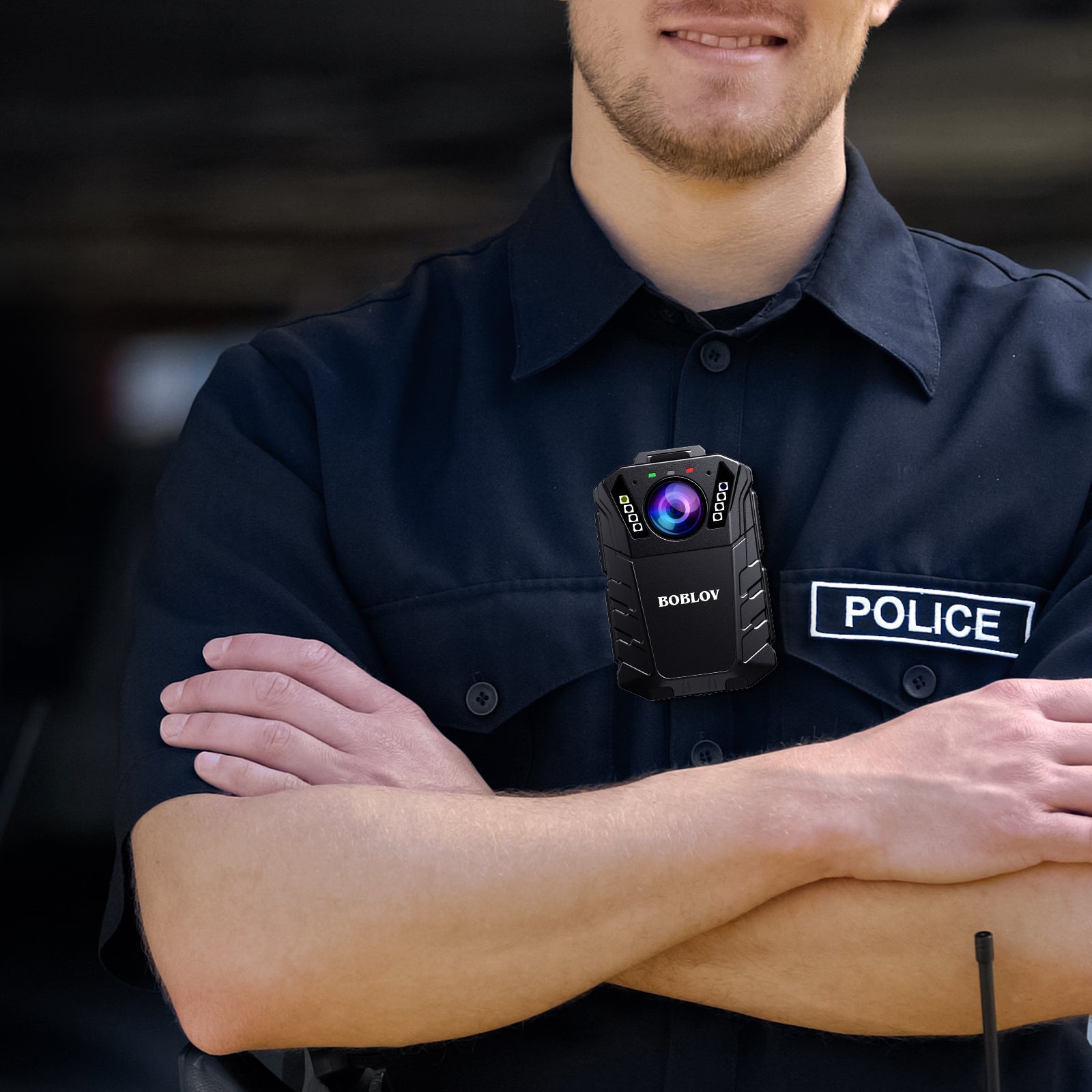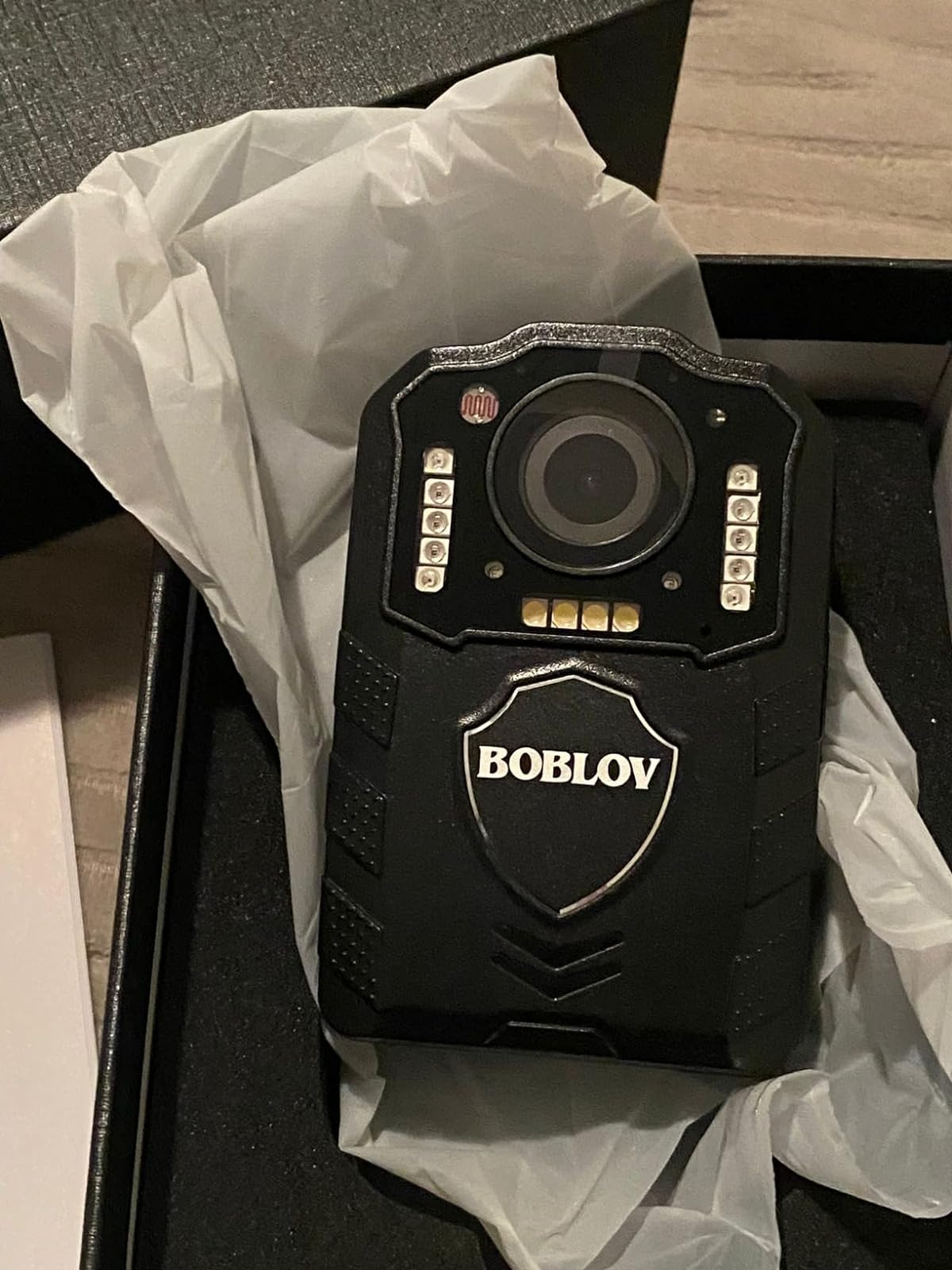The Rise of Body Cameras in Modern Law Enforcement
Understanding the Evolution: From Patrol Cars to Body Wearables
The adoption of body cameras by law enforcement marks a significant shift. Initially, patrol cars had cameras mounted inside. Video footage was limited to traffic stops and chases. But as technology evolved, so did police gear. Wearable cameras became smaller and more robust. They now offer a first-person view of daily police work. This evolution means more transparency and oversight. It also poses new challenges and questions. How did this shift happen, and what does it mean for the future?
Legal Framework: Regulating Body Camera Usage in the United States
The use of body cameras by police officers in the U.S. must follow legal rules. These rules vary by state and agency. They cover when and how to record, as well as who can see the videos. Laws aim to balance privacy with the need for oversight. Congress has tried to set national standards, but it's complex. Issues involve public records laws and officers' rights. Still, these laws are crucial for clarity and fairness in body camera use.
Ethical Considerations in the Deployment of Body Cameras
The use of body cameras by police raises key ethical issues. One concern is privacy rights. For example, people filmed may not want to be seen on camera. Also, the storage of footage is key. Where and how long will it be kept? Another point is consent. Should police have to ask before recording? Finally, there's the matter of access. Who can see the videos, and in what cases? Each of these points needs careful thought.
Impact of Body Cameras on Police Investigations and Procedures
Enhancing Public Safety and Trust in Law Enforcement
Body-worn cameras have become pivotal in U.S. law enforcement. They have reshaped public interactions with police, making actions visible to the community. These devices enhance safety. They do so by promoting transparency and trust between citizens and officers. Studies show that cameras reduce complaints against officers. Also, they lower the use of force in encounters. Body cameras serve as impartial witnesses in volatile situations. This helps to clarify events. The public feels more confident knowing that their interactions are recorded. This may lead to better community relationships. Law enforcement agencies also benefit, with improved conduct and reduced legal costs.
A Game Changer for Internal Affairs: Body Cameras as a Tool for Accountability
Body-worn cameras are reshaping internal police reviews. These devices offer clear records of officers' actions. This transparency aids in investigating complaints against officers. If an officer misbehaves, the camera provides evidence. It ensures fair probes of internal incidents. The tech helps to hold officers to set standards. It can guard them against false accusations too. These tools are fostering a culture of accountability in law enforcement.
The Role of Body Cameras in Collecting Evidence and Aiding in Convictions
Body cameras play a pivotal role in modern law enforcement. They offer clear facts in court. Captured footage has become key evidence. It helps in confirming events as they truly happened. With video, juries and judges get a vivid picture. This aids in fair verdicts during trials. Thus, body cameras bolster trust and justice in the legal system.
Future Trends and Technological Advancements in Body Camera Technology
The Integration of AI and Machine Learning in Body Camera Surveillance
The integration of AI and machine learning into body cameras marks a significant shift. With these technologies, cameras can now identify patterns and behaviors. They improve incident analysis and officer training. AI can quickly sift through footage, flagging noteworthy events. This aids in faster, more accurate reviews. Machine learning can also help redact sensitive information. Privacy is thus better protected. Both technologies streamline evidence gathering. As camera tech evolves, law enforcement's efficiency may rise. These advancements could also raise new ethical and privacy concerns. Officers and the public must stay informed. Training will be crucial as AI becomes standard in body cameras. The goal is to enhance safety and justice together.
Privacy Concerns and the Future of Body Worn Cameras in the U.S.
The rise of body camera tech sparks privacy worries. In the U.S., debates flare on how to balance safety with civil rights. Rules are evolving to address when and how these devices can be used. Citizens fear misuse may infringe on their privacy. As tech advances, so must our laws and norms. Body cameras' future hinges on striking this delicate balance.
Preparing for the Future: How Law Enforcement Can Adapt to New Camera Technologies
As body camera tech evolves, law enforcement must stay ahead. To keep pace, departments should invest in training. They must teach officers about emerging technologies. Regular updates to policies and practices are also crucial. Finally, collaboration with tech developers is key. This ensures that officers can use the latest camera features effectively.




